EAGAN, Minn. — The on-field action for the Minnesota Vikings has wound down for a bit, with the team wrapping its offseason program today and heading out for a break until reporting for training camp late next month.
It's a safe assumption that when the team returns to Twin Cities Orthopedics Performance Center to open Verizon Vikings Training Camp, fans in attendance will see some play-action passes.
The offensive coaching staff placed significant emphasis on implementing play-action passes and improving their use during their 10 voluntary Organized Team Activity practices and three mandatory minicamp sessions.
First-year Offensive Coordinator Kevin Stefanski and Assistant Head Coach/Offensive Advisor Gary Kubiak have worked hand-in-hand to blend concepts and terminology into the "Minnesota offense," which will utilize concepts and terminology that Stefanski has learned in 13-plus seasons with the Vikings and those that Kubiak deployed as Mike Shanahan's offensive coordinator and later as a head coach.
"We got together as a group during the offseason and put our stuff together, and it was kind of crossing paths on some things, but we've come up with the Minnesota offense," Kubiak said Thursday.
"Kevin has kind of grown up with a lot of West Coast guys, with [former Vikings Head Coach Brad Childress] and [former Vikings Offensive Coordinator Pat Shurmur], so we talked the same language pretty quick from that standpoint," Kubiak explained when asked if any overlap occurred with Stefanski. "Obviously we're trying to figure out what our guys do best and how we're going to get [Adam] Thielen and [Stefon] Diggs and Rudy (Kyle Rudolph) [involved], you know, we've got to figure those things out. How do we get them the ball? How do we do what's best for our football team? That's what we're doing every day."
Quarterback Kirk Cousins said he thinks the Vikings have "really gotten a good feel for what we can look like and what we can do well."
"I think we've taken big strides in improving the details of our offense," added Cousins, who has excelled in the past at faking handoffs and using his mobility to capitalize when a defense is out of position.
"I think when you look at any numbers or analytics, I've been effective when play-action plays are being called, traditionally," Cousins said. "But then you look across the league, and I think that's the case. Our analytics department sent me a really good summary a couple of weeks ago over Memorial Day weekend that showed that play action is just effective, period, and you've got to call it more.
"I don't know that it's me," Cousins added. "I think any quarterback should be getting a lot of play-action opportunities just because of the nature of what it does for slowing down the pass rush and creating explosive plays, giving you outlets in the flats that are good, easy throws for productive gains."
A play fake is only as good as the sales job, and everyone on the offense has a role in selling the fake to make a pass play look like a run play.
Stefanski pointed out that aspect in assessing where the Vikings play-action looks are at, which he said is "definitely a work in progress."
"At times it's good, at times it's bad, and really the best thing you can do is watch our defense," Stefanski said. "If they believe it, and the sell is legit, you'll get a reaction from linebackers in our front seven. So I'm thinking it's been OK, certainly a ton of room for improvement.
"It's going to be a constant point of emphasis for our entire offense, because when you talk play action, it's very simple to just say it's the quarterback and the running back," Stefanski added. "But it's the offensive line, it's the tight end, it's the wide receivers. It's everybody working in conjunction so that the pass looks like a run."
Defensive Coordinator George Edwards said the offense has "done a good job throughout the offseason" with its play-action looks.
"I know they're installing a new system, but they've really done a nice job of coming together and executing certain things that they're trying to get accomplished," Edwards said.
Improvement by the Vikings offense in that aspect of the game could pay dividends for the Vikings defense this fall. Minnesota struggled in Week 1 of 2018 against some of San Francisco's misdirection plays before eventually prevailing against the 49ers team coached by Kyle Shanahan.
"It's been tremendous, because it forces you to really work on your technique and your fundamentals of the different things that we've got called," Edwards said. "Guys have really had to do that to transition into a pass rush or transition on the coverage. That's been really good work for us this offseason."
Vikings analyst Ben Leber, a former linebacker once tasked with cutting through play-action passes, discussed the process Thursday morning on KFAN 100.3-FM's The Power Trip.
"The only reason that play action works is that it does mimic and mirror the run plays that hurt you earlier in the game," Leber said. "Everybody says, 'Well, they've got to run to set up the play-action pass.' That's 100-percent true."
Leber cited the success that the Colts had with Peyton Manning at quarterback and Edgerrin James at running back with a zone stretch running play and then capitalizing with a play-action pass.
"Everyone can remember when Peyton would stretch his arm out really, really far, and the linemen would run basically sideways. We'd call it elephants on parade," Leber said. "When elephants go on parade, they kind of turn and run sideways, they're establishing new gaps and alignments, and you've got to be on the run. They'll hand off in this wide stretch, and Edgerrin will find a hole and be successful.
"They were really good at that [when they were] running the football, so your mindset when you see elephants on parade, 'OK, it's going to be a run with Edgerrin,' but they'd make that same exact thing look the same on the play-action pass," Leber added. "He'd pull the ball down and do a little quarterback waggle back to the other side and find somebody streaking across the field, a tight end putting his foot in the ground and streaking back the other way. It was all misdirection stuff. It only worked because the run play was so successful, and it had to be that particular look."
View images from the Vikings second minicamp practice on June 12 at TCO Performance Center.









































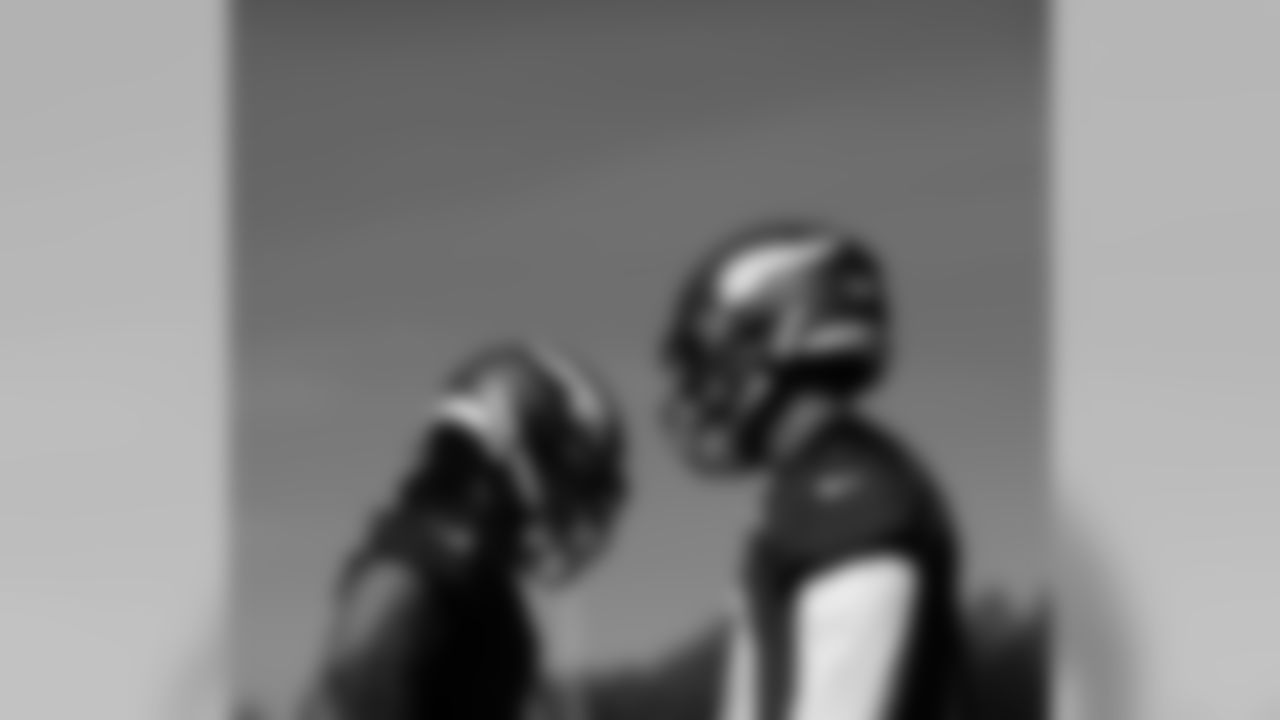




















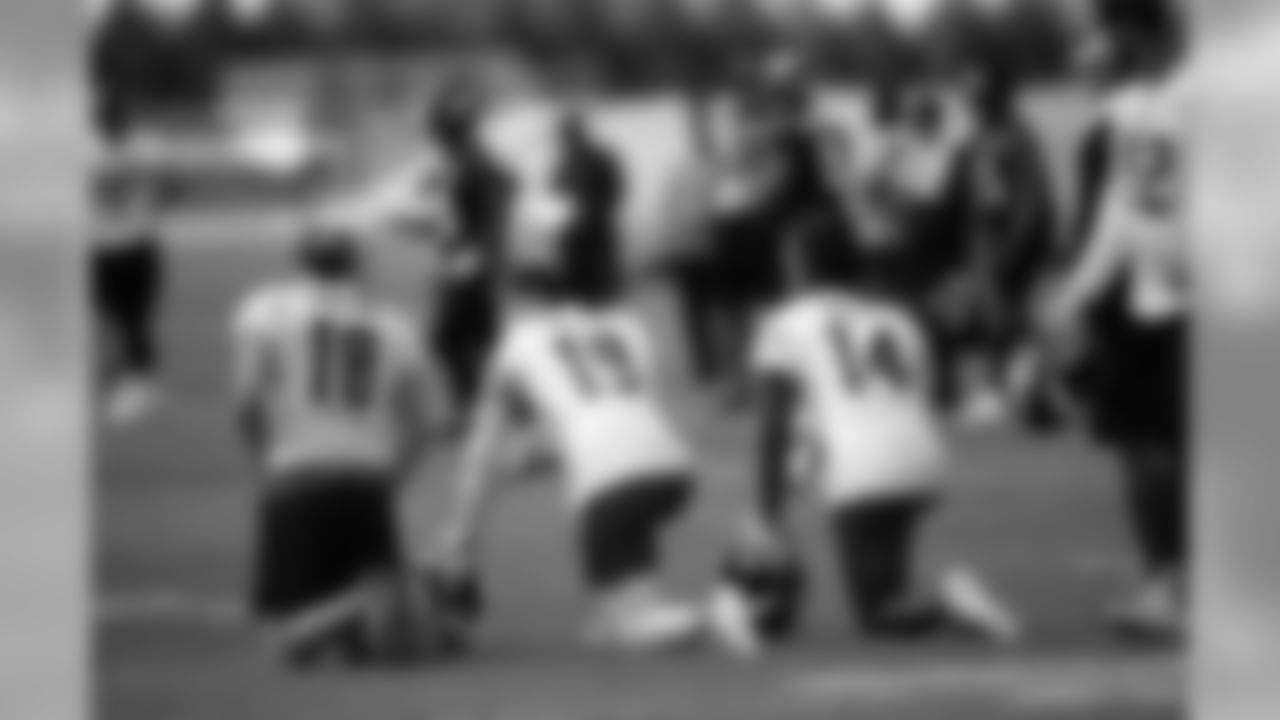

























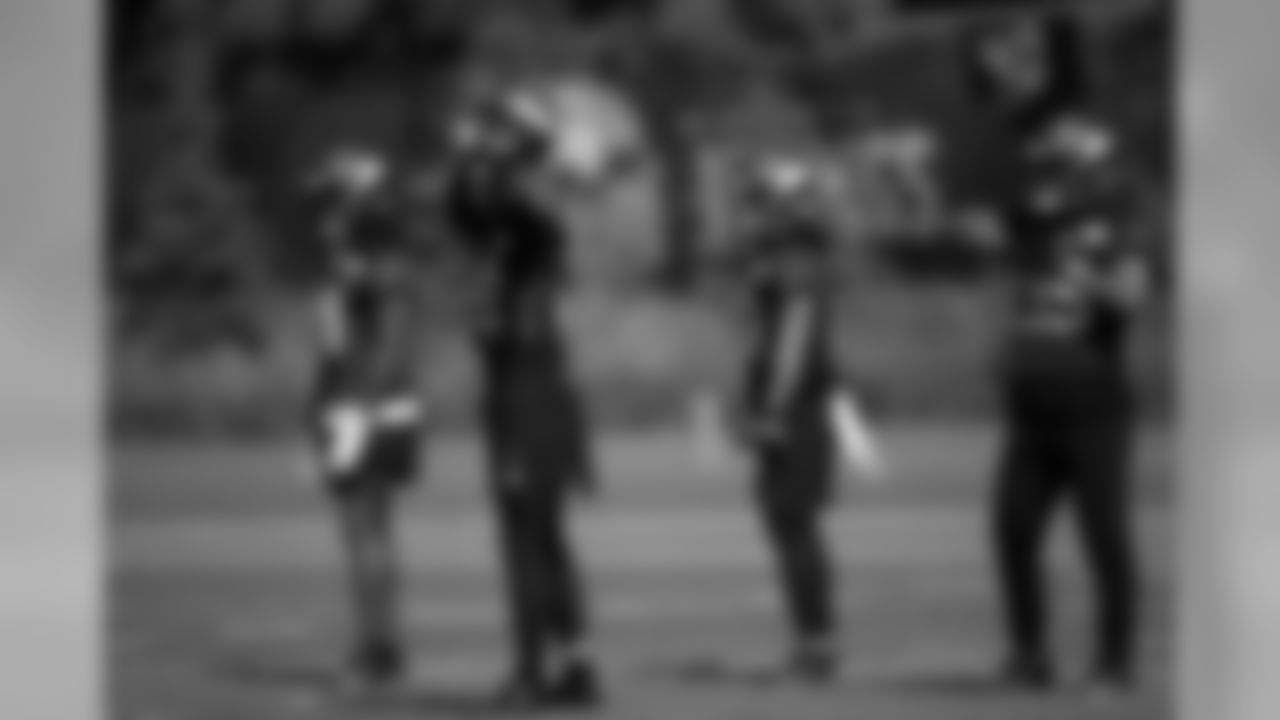





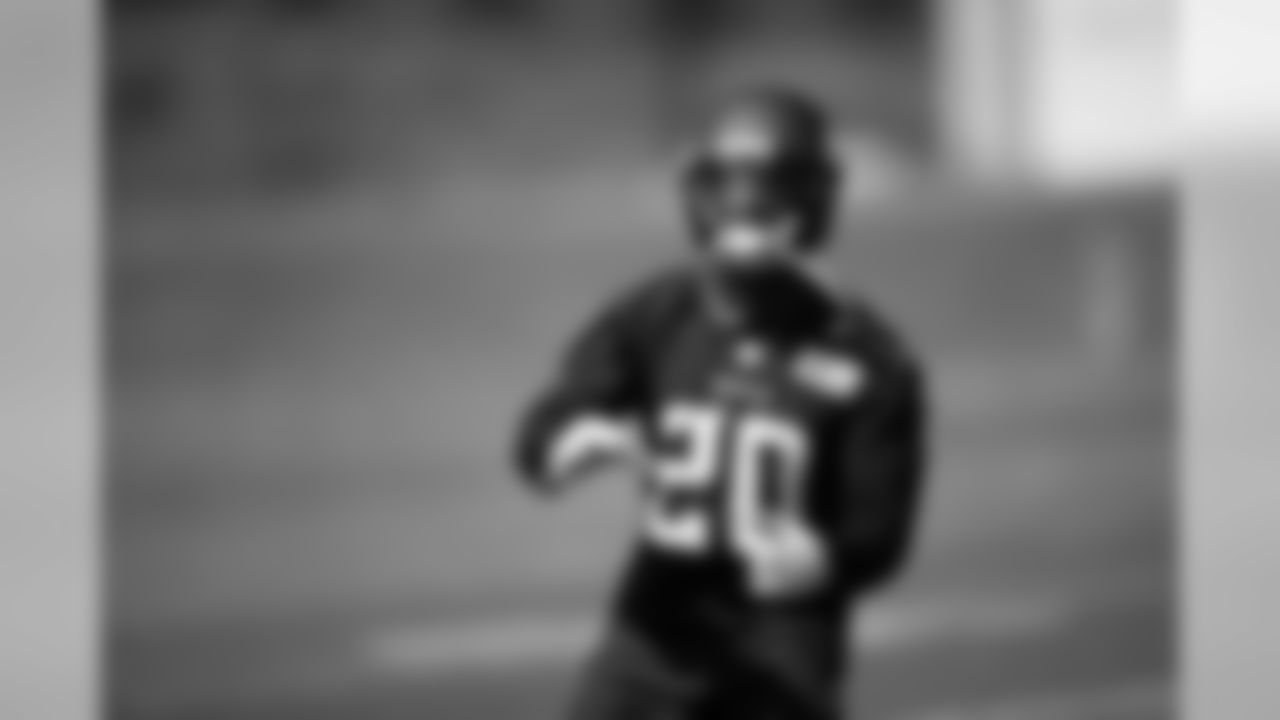







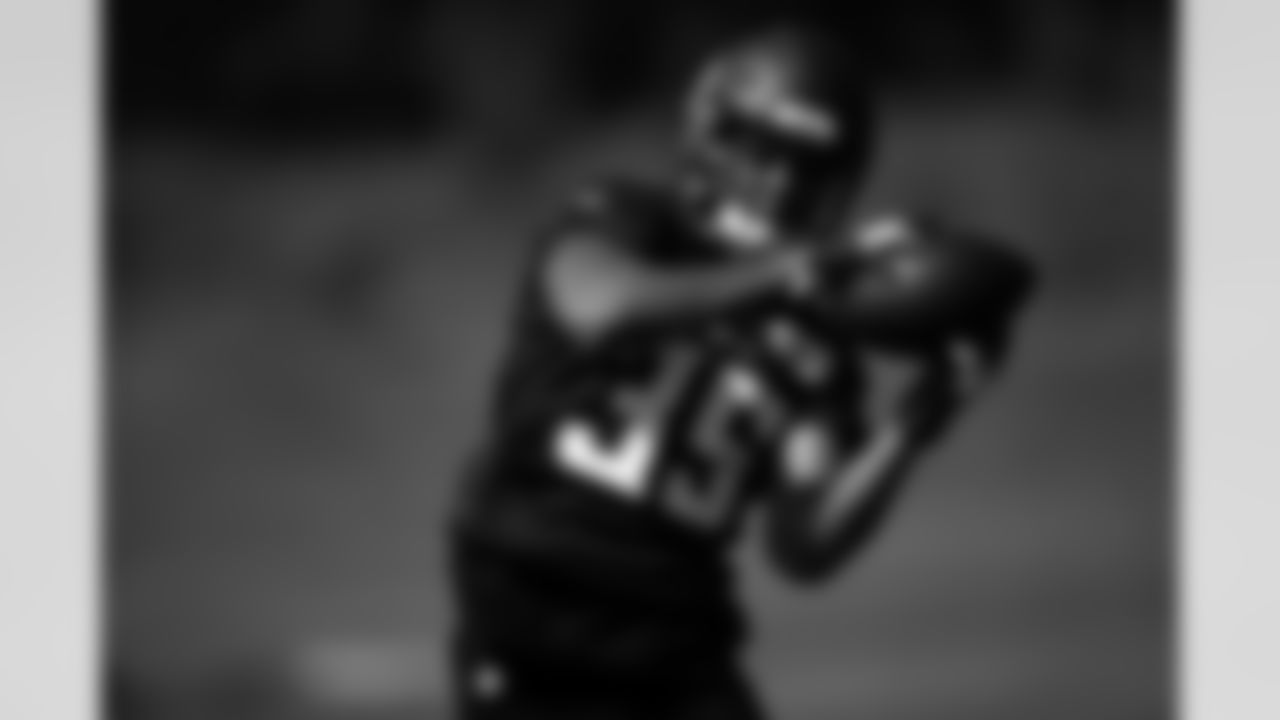
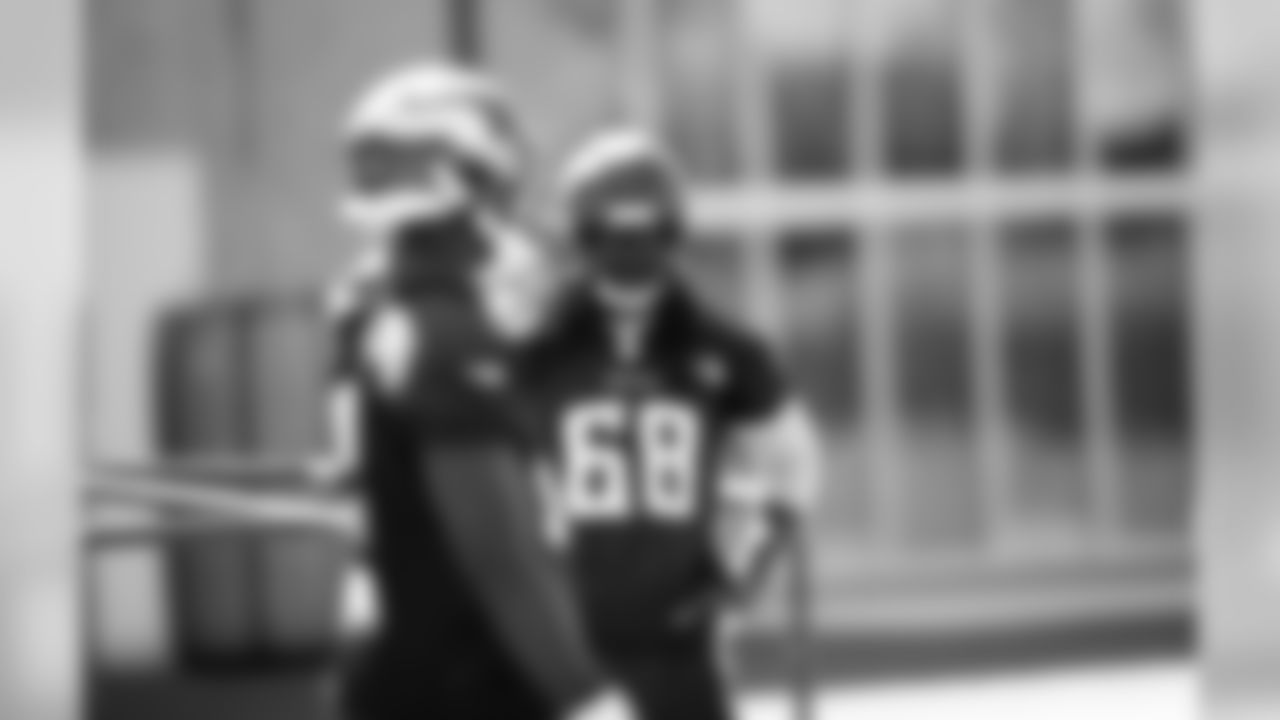












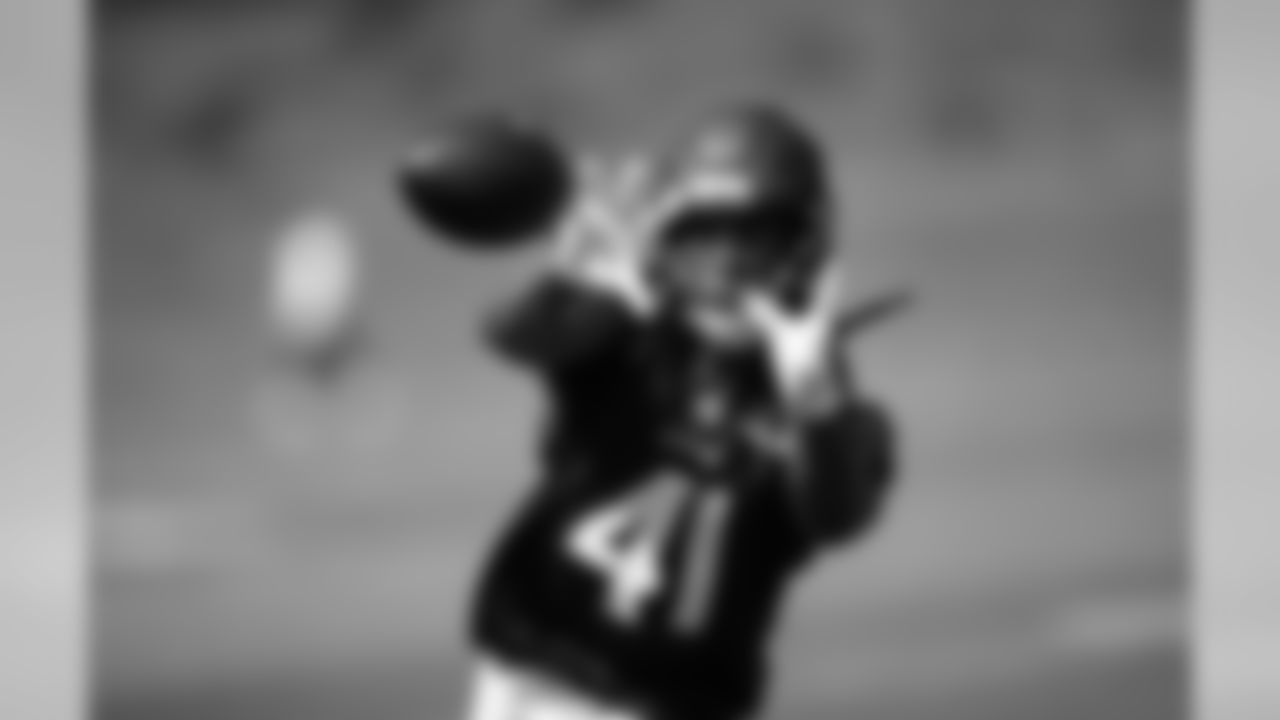

Leber said the element of making things look the same comes from the coaching staff, but the execution comes down to the players, from Cousins to Cook to in-sync offensive linemen.
"I think he's going to be successful because you have to make immediate judgement calls and snap decisions, because when you pull that ball back and turn around, you've got to make a decision right now," Leber said. "You just have to. You're not going to be able to stand in the pocket, assess, over-think things, 'What coverage is this or that?' You've got to make decisions, so I think that this is going to allow him to make quick decisions."
But first, the Vikings must improve on a rushing attack that ranked 30th in the NFL with 93.3 rushing yards per game in 2018.
Personnel groupings that present multiple options for defenses to worry about could help.
With the drafting of Irv Smith, Jr., and the recent contract extension for Kyle Rudolph, there's been talk about what could be possible when using two tight ends on plays, either in 12 (one running back, two tight ends, two receivers) or 22 (one running back, one fullback, two tight ends, one receiver) personnel.
Connor Price of Pro Football Focus took a look at how the **combined threat** of Rudolph and Smith on the field at the same position might play to Cousins' strengths.
Price noted that since becoming a starter in 2015, "Cousins leads all quarterbacks in adjusted completion percentage (83.3 percent), passer rating (112.8) and yards per attempt (9.39) in those personnel packages, and his 2018 passing grade from such (90.8) ranked third among quarterbacks with at least 50 attempts last year."
Diggs, who had his first 1,000-yard season in 2018, said this week that "doing what makes [Cousins] comfortable, doing what makes him happy is going to put us in the best situation."
"I want to win. That's all I want to do," Diggs added. "Whatever we've gotta do to win, I'm all for it. And at the QB position, it's already hard. People don't take into consideration how hard the quarterback position is, and everybody wants everything to go fine and dandy and perfect, but that's not real life. I'm behind him, I'm supporting him. Let's just get this show on the road."
Thus, play-action passes by the Vikings this summer into fall is about as much of a certainty as anything in the sporting world, but the level of effectiveness can be shaped once camp opens.
Stefanski said "play action is definitely an element of our system" but added "there's so many aspects of how we're going to attack the defense, I can't say that we would pigeonhole ourselves into just being a play action team."
"But certainly, Coach Zimmer has spoken about it before, when you're good at play action, it's difficult on the defense," Stefanski said. "If we can get a legitimate reaction from the defense, we're doing a good job of play action. It's a point of emphasis for us, but we're really working hard in a few other areas as well."














